#baja california
Text
For years now, this wild grey whale has come to this boat captain to have its lice removed at the calving lagoon of Ojo de Liebre, Baja California, Mexico.
#whale#nature#ocean#video#whales#cute#wildlife#sea#Mexico#travel#vacation#photography#animals#wild animals#ocean life#marine biology#aesthetic#marine life#beauty-funny-trippy#Baja California#lice#boat#marine
7K notes
·
View notes
Text
spinning my chair around and sitting in it backwards: GOOOOOD MORNING CLASS
FIRST AND FOREMOST: this is not a panic post. It’s an informational preparedness post. Don’t panic. Just be prepared for this like you’d be prepared for an earthquake but you know it’s coming and it’s wet.
I’m 30, lived in Central Florida for the first 26 years of my life, and have experienced more hurricanes and tropical storms than you can imagine. Never in my life did I think I would have to discuss HURRICANE SAFETY again after moving to LOS ANGELES from FLORIDA and yet HERE WE ARE-
(This information is accurate as of 8/17 at 9am PST)

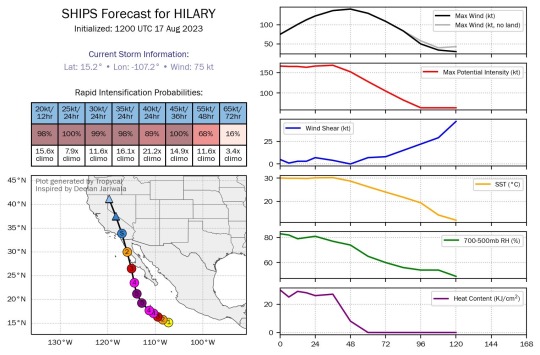

SO models are still early but it seems like as of last night, Pacific Hurricane Hilary is rapidly intensified AND has shifted its track pretty severely inland. Originally SoCal was predicted to get some bands off the coast but this does NOT seem to be the case anymore
As our good friend Jim Cantore mentioned above, if Hilary DOES make landfall in SoCal, it will be the first tropical storm to do so since 1939. Fucking yikes.
THE GOOD NEWS:
It isn’t looking like Hilary will make landfall anywhere as a strong hurricane. If it makes landfall in central Baja it looks like it’ll be a Cat 2 which isn’t great but still- better than the Cat 5 it’s currently strengthening to.
As for SoCal, we’re not predicted to get anything over a Tropical Storm. And mountains tear up tropical cyclones like crazy. It’ll (probably) be weak and, wind wise, no worse than the Santa Ana’s
THE BAD NEWS:
Our Cone of Uncertainty is currently pretty wide- this fluctuation matters as it determines which side of the storm hits us. Is this significant? Yes. The right side of a Hurricane is considered the “dirty” side- it’s the side that is most likely to produce severe weather, such as severe thunderstorms and tornadoes. It’s still too early to determine what side will affect us the most but it’s something to keep in mind.
Also, I can’t speak for the rest of SoCal, but I would not bet on the LA infrastructure doing well even with a weak tropical storm. Which is why I have brought you here today, to run down the IMPORTANT HURRICANE CHECKLIST
NOTE: I made this several years ago for FLORIDA so not all of it will be accurate to SoCal. Most of us live in apartments and have no say over tree trimmings and the likes. If the storm is feeling like it’s going to get bad, I would recommend moving important things and electronics away from windows and hanging out in areas of the apartment that have the least amount of windows. I don’t think boarding up windows or anything will be necessary but here’s information if you need/want it



ANOTHER NOTE: if you have the means, please check up on your unhoused neighbors and immediate community groups that do so, as well. As always, they will be the ones most affected by severe weather. Tarps, anything that rises up off the ground, waterproof bags, etc would be good to grab for them. I am not an expert here and would recommend following the lead of your community groups that work with your unhoused neighbors to find out what will be needed most.
I don’t at all think we’ll see any shutdowns so if the rain does get bad be prepared for dangerous driving conditions. I know it’s dangerous to drive any time it rains in LA but, you know. The Weather Channel isn’t predicting a TON of rain at the moment (for LA) but, just like our winter/spring this year, be on the look out for flash floods.
And again, this is all JUST IN CASE. It’s better to be prepared than not. SoCal’s infrastructure is not at all prepared to handle a tropical event so who knows! Anything is possible. If I was in Florida I wouldn’t at all be worrying about this but I’m not anymore and our wet winter absolutely fucked our roads in LA so I’d rather everyone be safe than sorry.
I’m sure it’ll all be fine and now you just have more safety information, which is never bad! Because frankly climate change is very real and I would not be surprised to see this happening more and more in the coming years. And it does have me worrying that El Niño this year is going to be worse than we imagined.
#hurricane#hurricane safety#Los Angeles#southern california#san diego#baja california#baja#hurrican Hilary#tropical storm#tropical storm Hilary#Tijuana#Mexicali
899 notes
·
View notes
Text

Bottlenose dolphins, Baja California
#bottlenose dolphin#dolphins#baja california#mexico#sea#ocean#Underwater#blue#water#nature#animals#photography
342 notes
·
View notes
Text

#vw#volkswagen#aircooled#bug#beetle#vw bug#vw beetle#volksworld#baja#baja california#baja bug#custom#kustom kulture#kustom
31 notes
·
View notes
Text
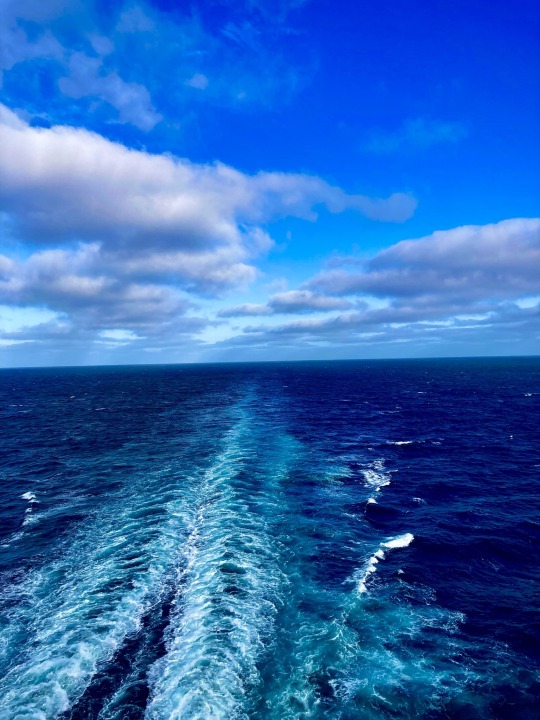
Reflective Serenity, Carnival Panorama, North Pacific Ocean, off Baja California, Mexico, 14 January 2024.😎
#original photography on tumblr#utahphotographer#snapshot#phtotographers on tumblr#wanderlust#wanderer#seascape#pacific ocean#baja california#luxuryliving#ocean photography#travelphotography#mexico
39 notes
·
View notes
Photo

205 notes
·
View notes
Text

Los dulces sueños están hechos de esto...
keigotj
16 notes
·
View notes
Text

Steve McQueen and Neile Adams. California desert, 1963
#steve mcqueen#neile adams#aesthetic#vintage#old school cool#60s icons#lovers#baja california#desert#couples#travel#adventure
48 notes
·
View notes
Text

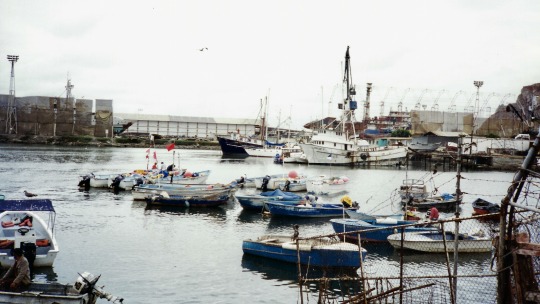
Puerto pesquero, Ensenada, Baja California, 1995.
60 notes
·
View notes
Text
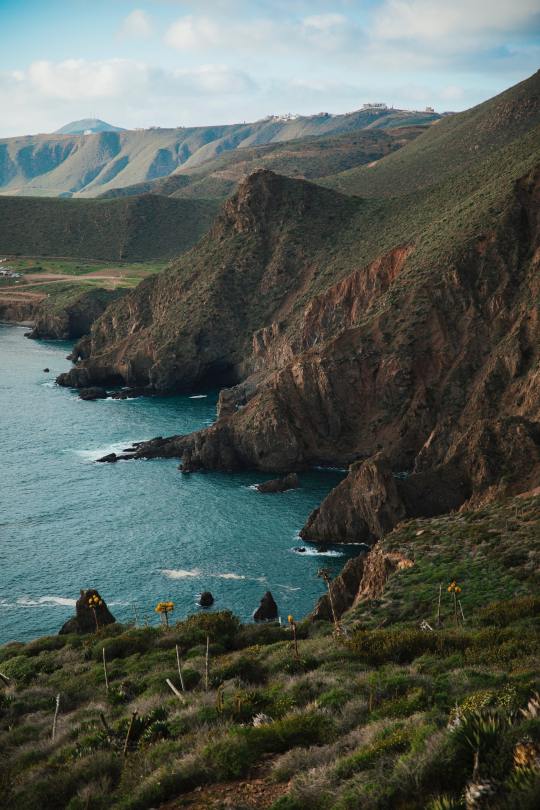
Baja California, Mexico (by Lisha Riabinina)
See more of Mexico | North America.
Enjoy our curated content? You can support us here.
#baja california#mexico#north america#curators on tumblr#travel#wanderlust#explore#oceancore#seaside#seascape#ocean view#cliffs#shoreline#nature#naturecore#li_destinations#landscapes
97 notes
·
View notes
Text
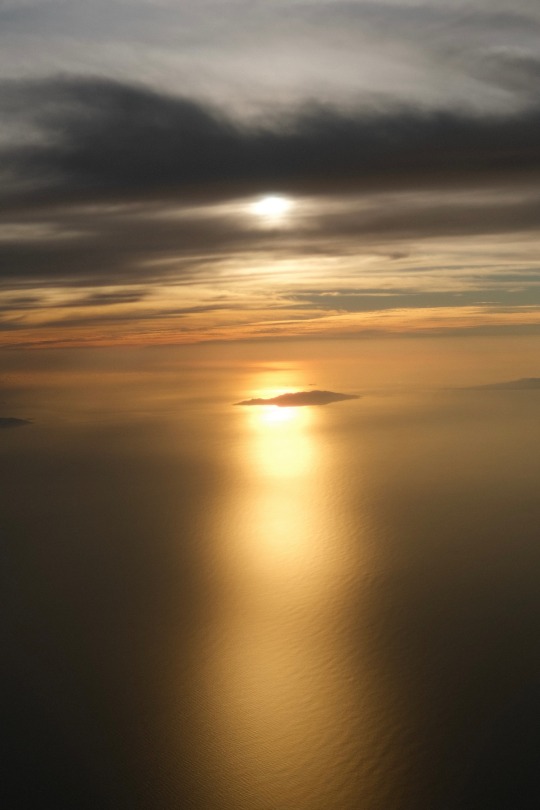
Above the California Bay.
#california bay#baja california#sunset#photographers on tumblr#photography#fujifilm#travel#landscape#nature
24 notes
·
View notes
Text

10 notes
·
View notes
Text
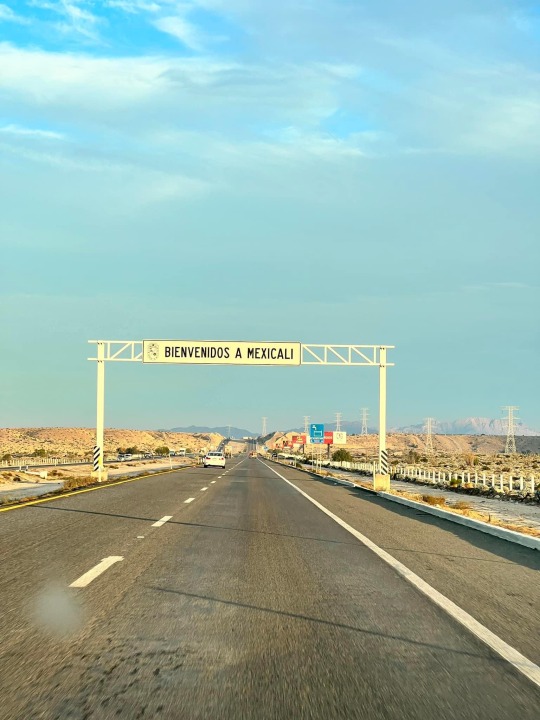
Mexicali, Baja California, Mexico
8 notes
·
View notes
Text


Mexican biologist Yuliana Bedolla
Off Mexico's west coast, the Baja California Pacific Islands are key global nesting sites for 23 seabird species and Natividad Island shelters 90 percent of the breeding population of the Black-vented Shearwater (Puffinus opisthomelas).
Mexican conservation biologist Yuliana Rocío Bedolla Guzmán, Director of the Marine Birds Project at Grupo de Ecología y Conservación de Islas (GECI) says that invasive mammals like cats and rats wiped out at least 27 seabird colonies in the past.
The researchers have been working with fishing cooperatives to decrease the likelihood of reintroductions that would lead to expensive eradication efforts.
"In 2021, we created the local community group “Líderes Comunitarios'' formed by enthusiastic and committed women who have received formal training on island biosecurity and bird identification, and are becoming agents of change in their communities," Bedolla says.
Recently, Bedolla won a 2023 Whitley Award from UK charity Whitley Fund for Nature (WFN) and will use the funding to boost the role of local women and fishing cooperative.
"The goal is to continue preventing the accidental introduction of invasive mammals on Natividad and San Benito Oeste islands by actively involving local leaders and fishing cooperatives in biosecurity protocols," she says.
"My Grain of Sand"
Bedolla grew up far from the sea in Moroleón, a small town in central Mexico, where she enjoyed being out in nature.
"But I had my Eureka moment when I learned to snorkel when I was 12 years old at a beach in Zihuatanejo, Guerrero, in the Mexican Pacific," she says adding that she remembered a feeling of amazement, wonder and a new sense of connection to nature.
"That experience was life-changing for me and marked the beginning of my journey as a conservationist," Bedolla says, "From that moment on, I knew I wanted to become a marine biologist and contribute with my grain of sand."
She would go on to study Marine Biology at the Universidad Autónoma de Baja California Sur in La Paz, Baja California Sur, Mexico, learning to dive and study coral reefs and associated invertebrates on several islands in the Gulf of California.
Bedolla would contact GECI in the course of her masters degree and years later, after a Phd in Germany, GECI offered her the directorship of the Marine Birds Project.
Bedolla says that being from the Global South helps her to bring diverse perspectives and approaches to scientific research, which can lead to more innovative and creative solutions.
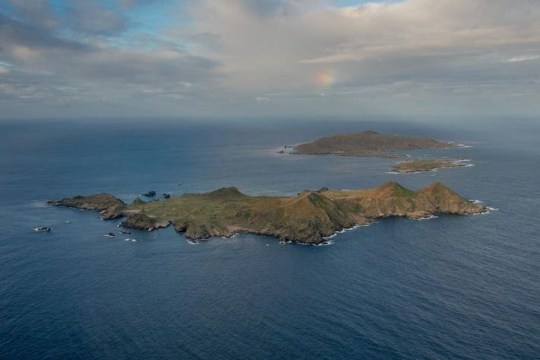
The San Benito Islands, which is among the islands Yuliana Bedolla is trying to protect from invasive species
Yuliana is a marine biologist, graduated with honors from the Autonomous University of Baja California Sur (UABCS).
She is a Master in Coastal Oceanography from the Autonomous University of Baja California (UABC) and a PhD candidate from the Justus Liebig University of Giessen in Germany. For her doctorate, she obtained a scholarship in Germany. Yuliana speaks Spanish and English and has basic knowledge of the German language. Her doctoral research focuses on the foraging ecology of three petrel species that nest in the San Benito Archipelago, in the Pacific of Baja California.
She began collaborating with the Ecology and Conservation of Islands Group, A.C., (GECI), in 2009 as a field biologist, and is currently the director of the Seabird Project, which aims to restore and conserve seabirds through the use of social attraction systems in conjunction with systematic monitoring, research and environmental education. She has carried out numerous research studies with national and international institutions. Her scientific publications in international journals focus on the response of seabirds to environmental conditions, the parasites that infect seabirds and the response of native fauna to the eradication of invasive mammals.
She has collaborated with several national seabird conservation programs and has been directly involved in environmental restoration projects in Isla Isabel, San Benito Archipelago, Banco Chinchorro and Arrecife Alacranes, related to the eradication of invasive rodents for the benefit of seabird colonies, among other island species. Her activities at GECI include project planning, staff coordination and supervision, applied research and monitoring, environmental education with local communities and dissemination of information in conferences and scientific reports and publications.
Source
#🇲🇽#Yuliana Rocío Bedolla Guzmán#STEM#mexico#baja california#pacific islands#animal#bird#rat#cat#GECI#2023 Whitley Award#Universidad Autónoma de Baja California Sur#Marine Birds Project#san benito islands#ecuador#banco chinchorro#scorpion reef#gulf of mexico#mexican#latina#hispanic#natividad island#Grupo de Ecología y Conservación de Islas
33 notes
·
View notes
Text
SO, what's the protocol?
I am in Tijuana, I came here on a flight to see my family. I was supposed to head back home the 21, however it seems like the Hilary Hurricane will hit us by then, and all flights will likely be suspended. We are staying in a hotel, and we only brought the bare minimun in terms of clothes and electronics.
My family is driving south from Los Angeles through the county of San Diego to cross the border and meet us here. My grandma and aunts are also coming from their respective states, so all the family will be together. We are celebrating my baby cousin's birthday (it is scheduled for the 20) which was meant to be an outdoors event, and her mom so far refuses to cancel the event. The consensus in my family is that the media is exagerating the danger the hurricane poses, but I am not too sure. I don't like to risk it when it comes to these things. It is likely we will be stuck here for longer than we originally planned, but we are unsure if we can afford it.
It feels really odd. Back at home, disasters happen without warning. Earthquakes cannot be predicted, but we know we are in a seismic area, so we are always ready. But this is an event without presedent, and I am unsure about what to do. Particularly because me and my family can't just "leave". We planned this gatheting for months, and my family has a set schedule they will want to stick to. They don't really take things seriously.
I don't know how to feel about this exactly. Or what to do. If anyone has advice feel free to share it.
19 notes
·
View notes



